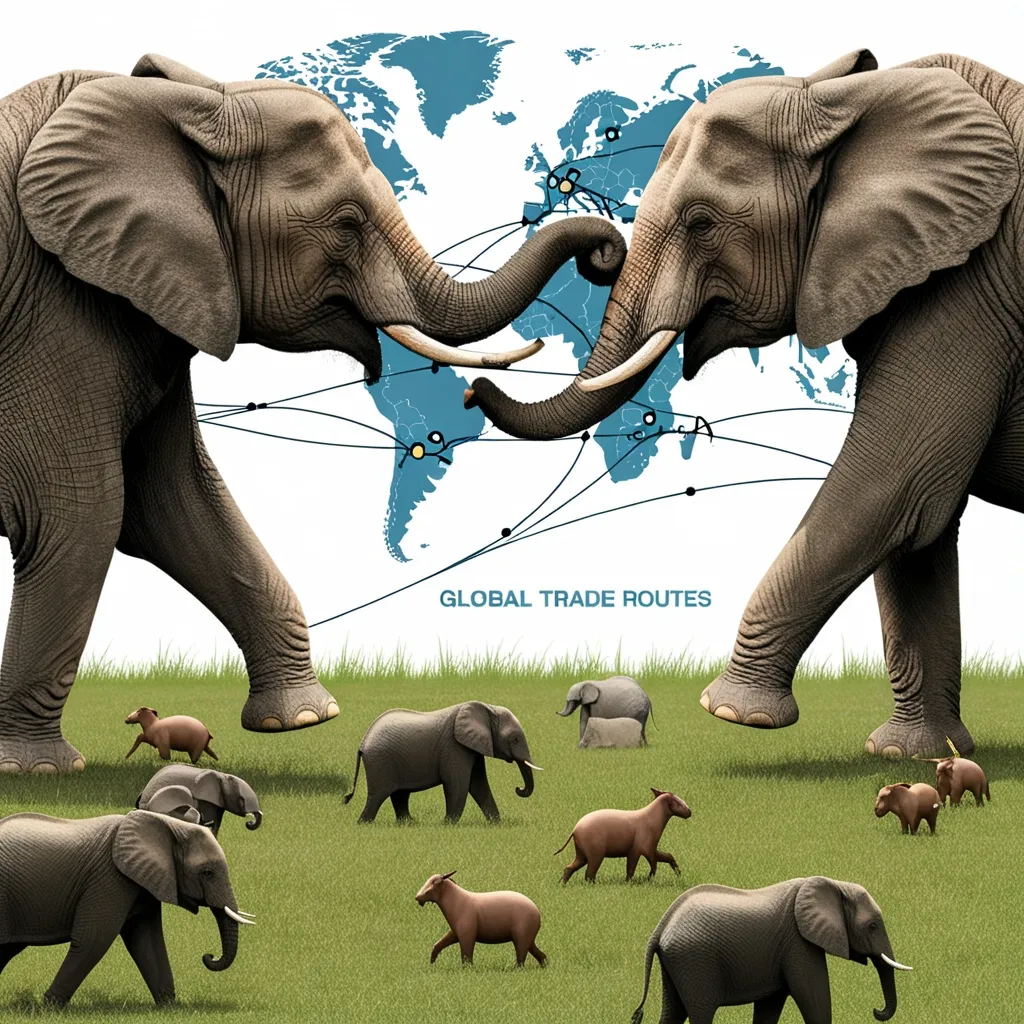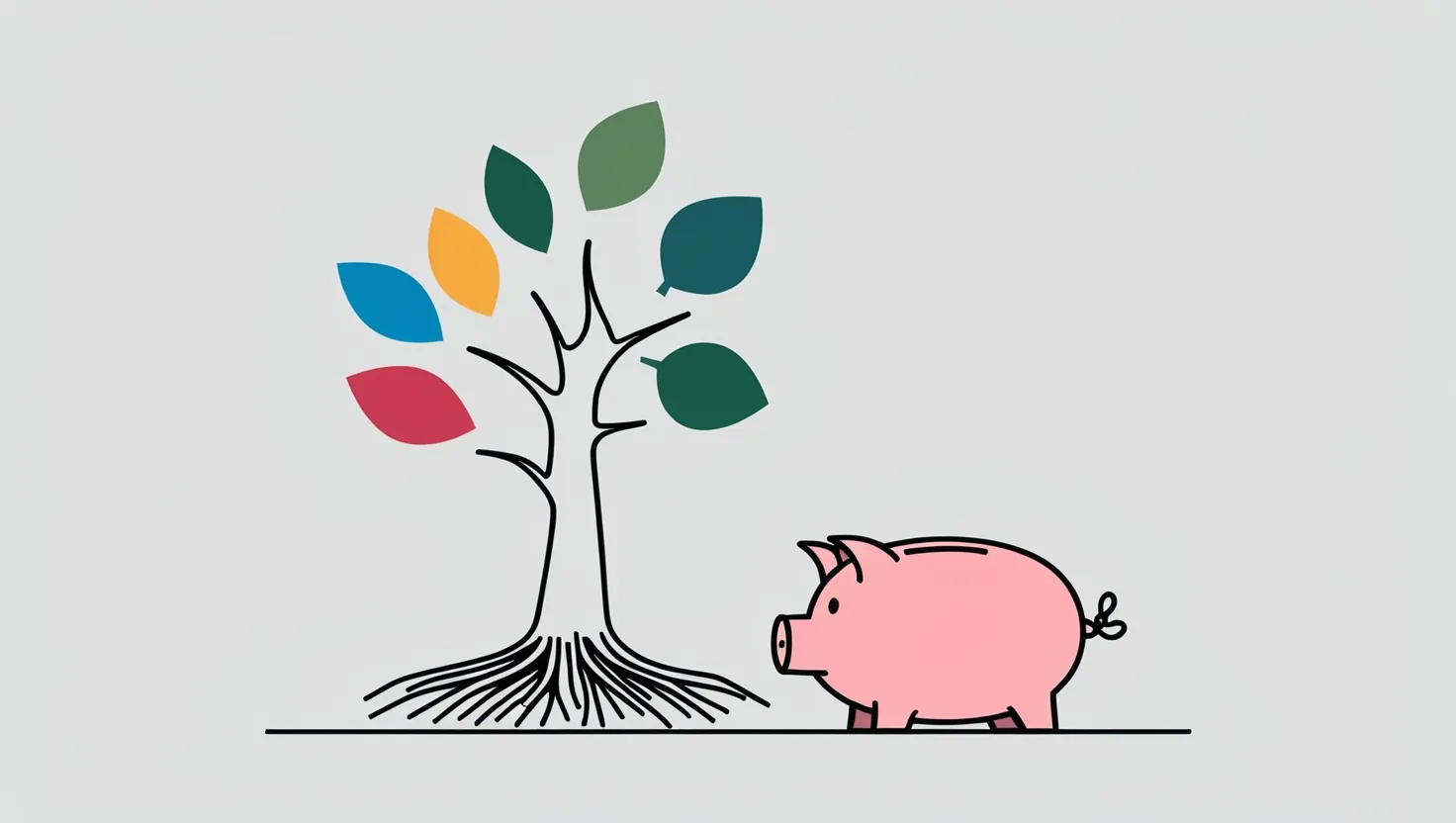Planning a wedding is a mix of excitement and a tiny bit of stress, especially when it comes to keeping track of your wallet. In the U.S., the average cost for a wedding, with all the bells and whistles, can range from $20,000 to $40,000 for about 150 guests. That’s a hefty price tag! So, grabbing hold of a budgeting plan is super essential. It ensures that your special day is both unforgettable and doesn’t leave you eating instant noodles for a year afterward.
First things first, kick off the wedding planning by chatting honestly about budget with everyone involved – your partner, parents, and even your wedding planner. This isn’t just about throwing out numbers. It’s about understanding each other’s expectations and finding out what’s absolutely necessary. These heart-to-hearts are crucial because they’ll help you decide if the honeymoon or that one-of-a-kind dress should be within the main budget or treated as separate expenses.
Next up is setting a realistic budget. It involves crunching some numbers to figure out how much you can set aside each month until the big day arrives. If you have a budget of $30,000 and 10 months to save, you’re looking at stashing away $3,000 every month. But if Mom and Dad or Aunt Jane chip in, you might need to tweak those numbers.
Choosing the date and time is another nifty way to control costs. Picking less popular dates can be a game changer. Think weekdays or those so-called “shoulder seasons” like late winter or early spring. These times tend to be cheaper compared to prime wedding season, typically Saturdays in summer. For venues, think outside the box. Non-traditional spots like backyards, rooftops, or museums might offer some sweet savings over conventional places.
One of the biggies in the budget arena is the guest list. The more people, the more you pay for food, drinks, and venue space. Cutting down on the guest list can save a ton of money. Be selective about who makes the final cut. Plus, digital invitations are a nifty way to wave goodbye to paper and postage costs.
Shopping smart is key to not breaking the bank. For dresses, online platforms like Etsy or Cocomelody could be your best friends, offering beautiful gowns that won’t cost a fortune. These sites often provide custom-made dresses reducing the need for pricey alterations. Same goes for flowers – buy in season and you’ll sidestep those sky-high off-season prices.
Little extras can add up, so trimming them is another wise move. For bouquets, maybe go minimalist, like a single rose or baby’s breath for bridesmaids. Centerpieces can also be creative yet cost-effective. Alcohol can drain your budget in no time. Instead of an open bar with top-shelf options, limit it to signature cocktails, beer, and wine.
Then there’s the wedding cake. This can often come with a hefty price tag. Here’s a pro tip: have a small cake for the pictures and cake-cutting tradition, then serve cupcakes or other pastries to guests. It cuts down on the cost while still looking fab in photos.
DIY projects can also be budget lifesavers. Making your own wedding favors, centerpieces, and invitations can be fun and much more affordable. Maybe get a cute printer and whip up your own save-the-dates and table numbers. Additionally, reusing and repurposing items that either you or your friends and family have can also cut costs in a cute, crafty way.
Using the right credit card can be another secret weapon. Choose one that offers rewards or cashback on purchases, essentially turning your wedding expenses into points or money you can use later. Also, opening a dedicated savings account for the wedding is smart. A high-yield savings account means your money grows over time, and you can keep an eye on those dollars meant specifically for the big day.
Prioritizing is also crucial. Make a list of all the wedding expenses and sort out the essentials from the nice-to-haves. If it looks like the budget is getting out of hand, consider downsizing some elements or pushing the wedding date out a bit to save more money.
Comparison shopping is your new best friend. Always, and I mean always, compare prices from different vendors, venues, and services. This can include everything from catering to photography. Getting the best bang for your buck means more cash for the honeymoon or your new life together.
And let’s not forget the golden rule of not overspending. It’s so easy to get caught up in the whole wedding frenzy and go overboard. But stick to your budget like your sanity depends on it – because it kind of does. Focus on what truly matters to you and your partner, and be ready to make compromises for the sake of staying financially sound.
At the end of the day, your wedding is about the love and commitment between you and your partner. With a little bit of budget brilliance, your day can be both amazing and affordable. Start early, prioritize well, and get creative where you can to save without giving up quality. It’s all about celebrating the start of your journey together in a way that’s memorable, heartfelt, and financially wise.






